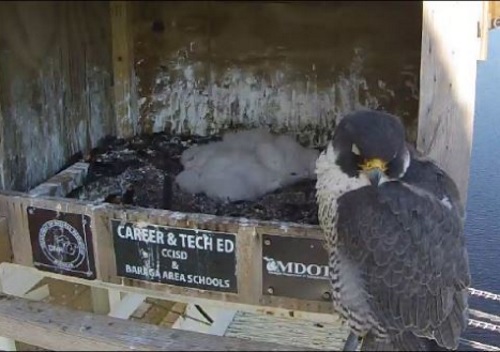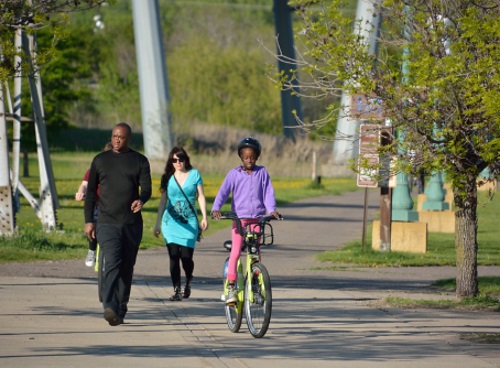FEDERAL ACTION
Center for Environmental Excellence Unveils New Website Packed with Resources – AASHTO News
Senate Democrats prepare to work on Biden infrastructure plan ‘with or without’ Republicans – CNBC
Senate Republicans Release $928 Billion Infrastructure Counteroffer – NPR
Climate resilience is the new sustainability – The Hill (Opinion)
COVID-19
Empty airports and full delivery trucks: Covid’s toll on infrastructure, by the numbers – Politico
NEPA
Environmental Justice Advocates Seek Changes to Permitting Law – Bloomberg Law
To Fight Climate Change, President Biden Needs to Retire NEPA – RealClear Energy (Opinion)
INFRASTRUCTURE RESILIENCE AND SUSTAINABILITY
What Jacksonville Can Learn From Nashville About Fighting Climate Change – WUSF
Infrastructure plan calls for fixing the nation’s existing roads. Some states are still focused on expansion – Washington Post
New Study Reveals Impact of Flooding on Maryland’s Transportation Infrastructure – Pew
Photovoltaic roof for highways – pv magazine
How to Fix America – CityLab
It’s time to get imaginative about Washington transportation – Chinook Observer (Editorial)
AIR QUALITY
Why Republicans won’t fund EVs – E&E News
Million-dollar battery could help charge Casco Bay hybrid ferry – Mass Transit
How the US Can Cut Carbon Emissions in Half by 2030, with or without Congress – Boston University
Albertsons marks milestone with 100% zero-emission truck delivery – Supermarket News
A Big Climate Problem With Few Easy Solutions: Planes – New York Times
ENVIRONMENTAL JUSTICE
The Inequality of American Parks – Bloomberg CityLab
NATURAL RESOURCES
Putting nature’s infrastructure to work for North Carolina – WRAL (Opinion)
CULTURAL RESOURCES
FDOT investigating erased veteran and Black cemeteries under I-175 ahead of possible project – WTSP-TV
TxDOT looks to Texas rapper Chamillionaire for inspiration on new highway sign – Laredo Morning Times
Goodbye to a Yankee Farmer, the Ghost of Exit 8 – New York Times
Biden Purges Trump Appointees from D.C. Design Commission – CityLab
HEALTH AND HUMAN ENVIRONMENT/ACTIVE TRANSPORTATION
Creative methods making better Miami mobility possible – Miami Today
NOACA seeks public input on transportation connections for bikes, pedestrians, transit riders and drivers in downtown Cleveland – Plain Dealer
Elected officials weigh in on noise at Brightridge-linked Bitcoin ‘mine’ – WJHL-TV
Sidewalks, bike lanes and trails are essential transportation infrastructure – The Hill (Opinion)
TRB RESOURCES/ANNOUNCEMENTS
An Update on Public Transportation’s Impacts on Greenhouse Gas Emissions – TRB
FAA Seeks Applications for Grants to Reduce Airports’ Environmental Impacts – FAA
Manual on Uniform Traffic Control Devices: Looking Back, Looking Forward with Jeff Lindley, PE, ITE Chief Technical Officer – ITE Talks Transportation (Podcast)
FEDERAL REGISTER NOTICES
Air Plan Approval; Texas; Revisions to the Texas Diesel Emissions Reduction Incentive Program – EPA (Final rule)
Information Collection; Application for Permit for Use of Roads, Trails, or Areas Restricted by Regulation or Order – Forest Service (Notice; request for comment)
Agency Information Collection Activities; National Digital Trails Project – Trails Data Portal – Geological Survey (Notice of information collection; request for comment)



